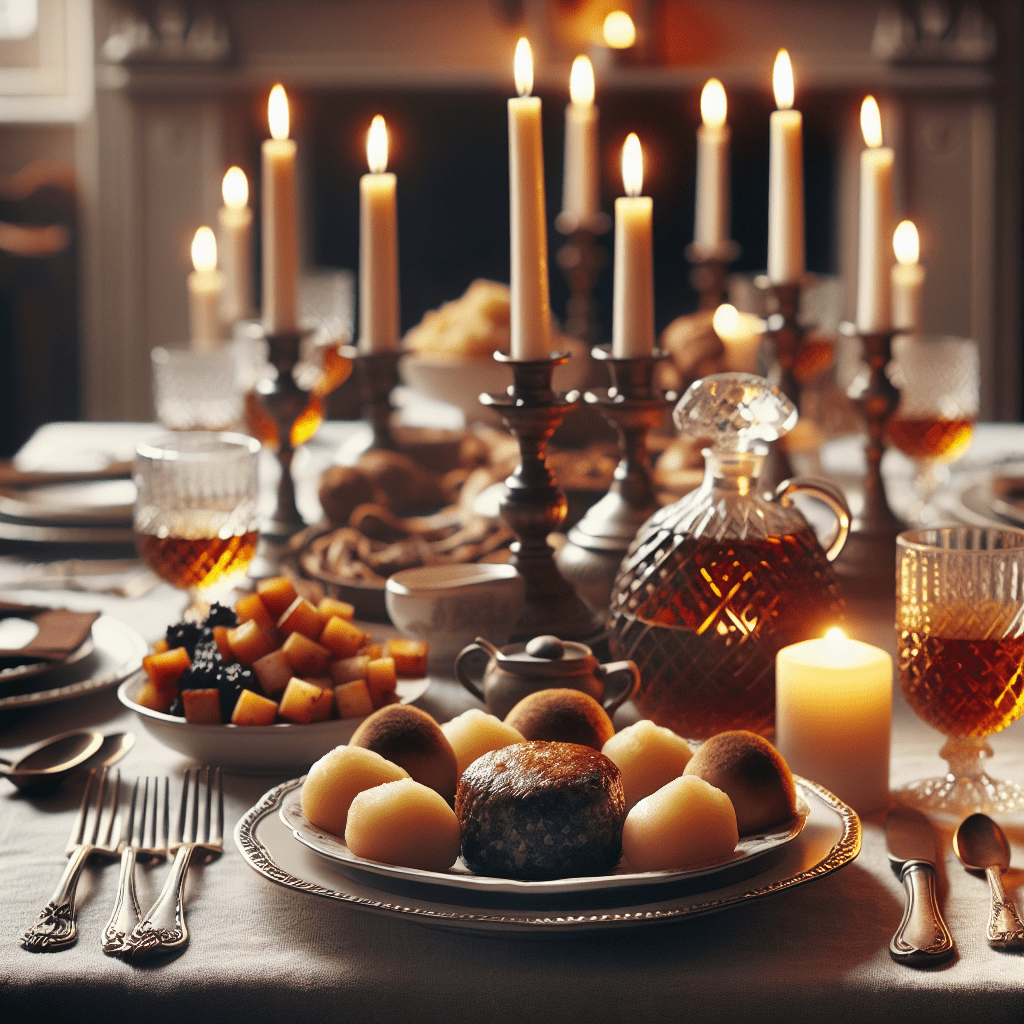Celebrating the Legacy of Robert Burns: Understanding Burns Night
Burns Night, held annually on January 25th, is a time-honored celebration commemorating Scotland’s most cherished poet, Robert Burns. Also known simply as Burns Supper, the evening is dedicated to appreciating his contribution to Scottish culture through traditional food, recitals of his works, and an expression of national pride. With a tradition that dates back to the early 19th century, Burns Night has become an integral part of Scottish heritage and is observed by Scots and admirers of Burns around the world.
Origins and Historical Significance of Burns Night
Burns Night originated on July 21, 1801, when close friends of the late poet gathered at Burns Cottage in Alloway to honor the fifth anniversary of his untimely death at the age of 37. The Scott Monument and numerous tributes across Scotland stand as a lasting testament to his influence. This annual tribute evolved into Burns Night, which settled on the poet’s birthday rather than the date of his death. An essential guidebook to ritual and reverence on this night is the ‘Burns Supper Companion’ which outlines how formal events should transpire.
The Integral Elements of a Burns Supper
Burns Night merges culinary tradition with a convivial literary session. The evening usually begins with guests gathering and socializing, followed by a formal welcome from the host. Then comes the “Selkirk Grace,” a short and poignant thanks attributed to Burns, albeit with uncertain origins. This paves the way for one of the meal’s most dramatic moments—the “piping in” of the haggis, where Scotland’s national dish is brought to the table accompanied by bagpipe music.
The menu is quintessentially Scottish, with haggis being central. Accompaniments may include ‘neeps and tatties’ (turnips and potatoes), followed by a dessert like cranachan or tipsy laird (Scottish trifle), all washed down by generous drams of Scotch whisky.
The supper also features renditions of Burns’s poems and songs. “Address to a Haggis,” an ode written by Burns to extol the virtues of this humble dish, is traditionally performed with great enthusiasm. After eating, speeches are given—the main one being “The Immortal Memory,” where a guest speaker reflects on Burns’s life, works, and enduring appeal.
Traditions and Variations in Modern Celebrations
While tradition guides Burns Nights around the world, regional variations abound with each host bringing their personal touch. These can range from intimate family gatherings to grand affairs. A staple feature often included is “Toast to the Lassies” followed by a “Reply from the Lassies,” originally designed to toast women in Burns’s life but now encompassing wider themes of gender equality reflective of contemporary values.
Institutions like schools and literary clubs conduct their own particular interpretations—a testament to both their admiration for Burns and their creative engagement with his work. Tale-telling, songs, and even dance can find its place at these events.
Burns Night has transcended borders too—commanding strong observance not just in Scotland but also among expatriate communities and societies dedicated to Scottish culture around the globe. It stands as an example of national festivity evolving into worldwide participation.
Notes
Image description
A beautifully set dinner table illuminated with candles casting a warm glow over traditional Scottish delicacies that arise during a typical Burns Night supper. Linen napkins rest beside silverware ranking in meticulous order at each place setting. At the table’s center lies a golden-brown haggis ready for serving, accompanied by neeps and tatties with a side of rich, aromatic Scotch whisky decanter visible in the background.
